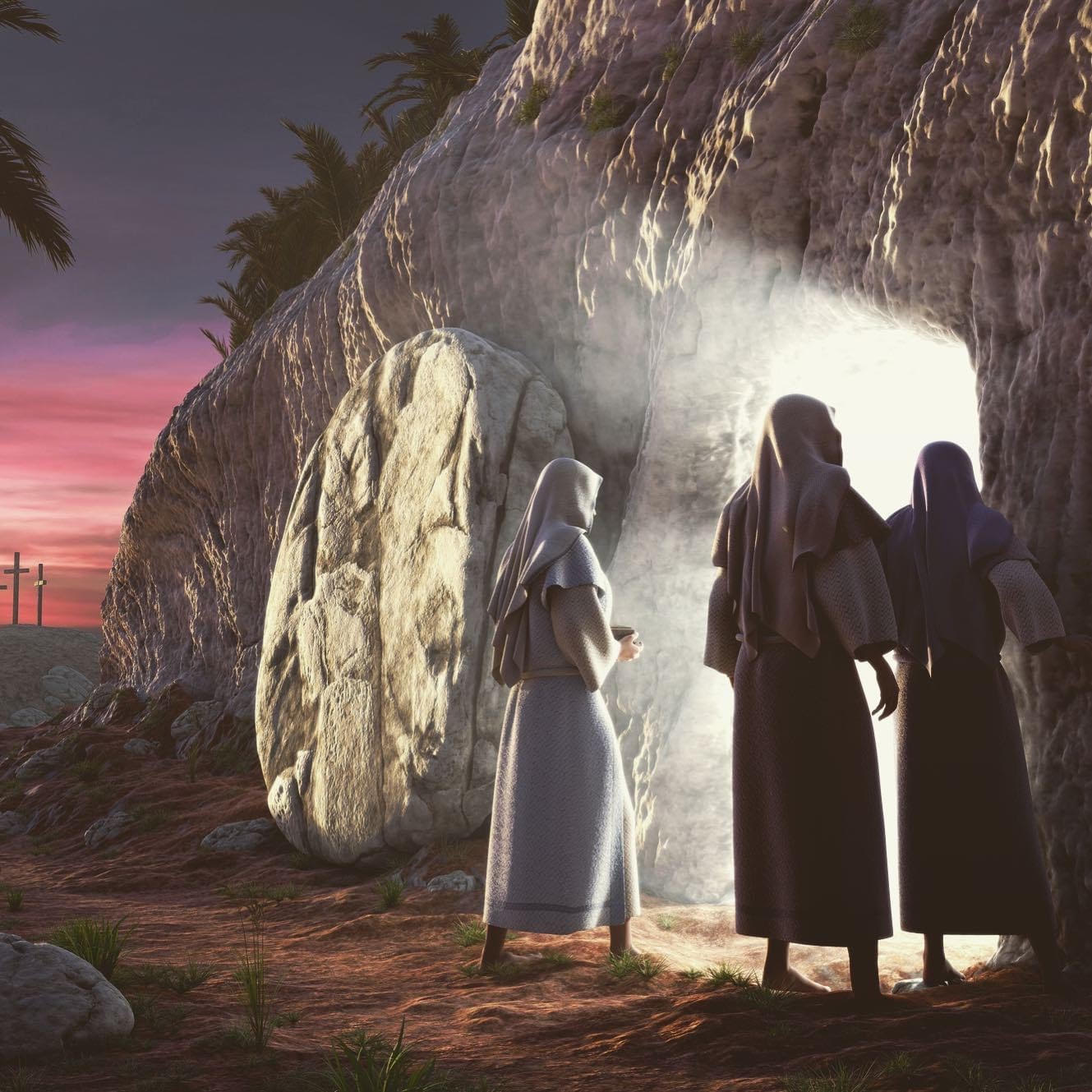Understanding Easter

In a matter of but a few weeks, Christian churches around the globe will retell the story of how on the morning of what we call Easter, the tomb of the crucified Jesus was found empty because he had risen from the dead. That imagery, combined with appearances to the disciples, powerful and positive as it is, has been immortalized through 2000 years of music and art, and has influenced anyone attending Sunday School. The imminent arrival of Good Friday and Easter is a good time to both recall some facts easily overlooked and then reflect upon what they might mean. The facts fall into four categories.
1. The economic, social and political situation in Galilee was one in which the rich and powerful, be they Romans, priests of the temple, or landowners, oppressed the poor, constantly demanding more in taxes and in crop share. Into this situation came Jesus with his disciples, living and teaching an egalitarian community for all. His followers included women and men, slaves were non-existent, and the group shared whatever resources they possessed, quite the opposite of and challenge to current social norms. However seemingly insignificant the movement may have been, it posed a threat to the establishment, and so Jesus was crucified and the disciples were persecuted.
2. The Romans practiced crucifixion for about 500 years, often with thousands of victims at a time. The total number over that long a period is unimaginable, but huge as it must be, there is only one instance of an intact buried, crucified skeleton. The inescapable conclusion is that the tormented bodies were left to scavenging animals or thrown into mass graves. Denial of proper burial was part of the punishment, and Pontius Pilate was not the type of person to have pity and do things any differently.
3. The New Testament writings called Matthew and Luke share a great deal of material. They both use the earlier writing Mark to provide the structure of their gospels, and additionally they both contain verses so similar, if not identical, that the consensus is that they had before them another source common in the early church. Scholars call this source Q, from the German word Quelle. The fact that Matthew and Luke include Q in their story about Jesus means that it was a reputable source and that the community that produced it was a reputable and acceptable group of disciples. Remarkably, the Q source has no reference to the death and resurrection of Jesus. So what we have is an early community of disciples of Jesus who either knew nothing of the last days of their leader and teacher or for whom those days did not matter. Furthermore, their testimony was willingly accepted, integrated with, and placed equally alongside the gospel of Mark.
4. As the 1st century progressed and thoughts about Jesus proliferated and spread, at least two lines of thought can be found in the Writings. One continues the egalitarianism of Jesus and is found in two places. First, the book named after James, who was leader of the Jerusalem church and likely the brother of Jesus. Second, Paul, who wrote that “in Christ there is neither Jew nor Greek, slave nor free, male nor female.” In other words, all are equal. The other line of thought represents a return to the normative oppressive social structure that Jesus had tried to overcome and replace. It’s starkest expression is the book of Timothy, but is also found in many other late writings of the developing church. This line of thinking subordinated women, required slaves to be obedient, and commanded everyone to obey the authorities who, of course, represented the financial interests of the dominant rich and powerful.
So much for the facts, but how do we put them together? There are many different perspectives, and what follows is one possible scenario.
It was during his life that Jesus impacted many who then became his followers, some of whom stayed with him while others moved on. How and why he had such a profound influence are questions for another day, but the short answer is that he presented to them both an image of what human, loving life was, and also an image of a God separate from and independent of the constrictions of temple religiosity. These concepts of loving humanity and loving divinity inspired and infused both groups of disciples. For those who stayed with Jesus, even though he had suffered the most horrible death imaginable, those disciples felt him to be alive in their midst as they continued the community he had created. It was a mystery beyond understanding and comprehension, but for them a certainty nonetheless. Jesus had lived, died, and now lives again. They were convinced that the evil and death manifest on the cross was not the final word, that cosmic Love overcomes evil and death, and that ultimately everything returns to God who makes all things right. For those who moved on, such as the Q community, knowing nothing of the death of Jesus, they also were certain that he was still with them even as they traveled, a spiritual presence that continued to convince them that Love is the underlying essence of the cosmos.
In the attempt to illuminate this certainty and this mystery, there evolved from the group who stayed with Jesus images of an empty tomb and stories of appearances to the disciples, neither intended to be taken literally, but intended rather as tools to help others understand the mystery. Unfortunately, as time passed and new generations joined the nascent church, the images became identified with the thing itself, and resurrection came to mean resuscitation rather than renewal on a cosmic scale. And the revolution called for in Jesus’ proclamation that the equitable Kingdom of God was at hand, succumbed to the old way of patronage and patriarchy, the shift in thinking no doubt encouraged by the vested interests of the wealthy. Resuscitation and the power structure we find in Timothy go hand in hand as they push aside and replace the initial gospel story.
ven as we consider all the facts, the basic story that emerges is quite simple. The disciples were re-born while they lived with Jesus, and his death neither deterred nor discouraged them. Instead, they turned to one another and embraced, fully aware in their hearts that he was not only still with them, but also that the newness he embodied embraced the universe. This was the bedrock of their faith and forms the foundation for the day we call Easter.

